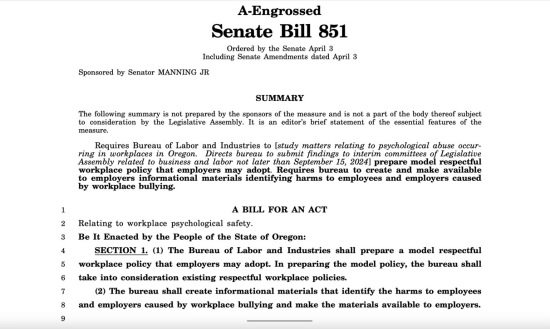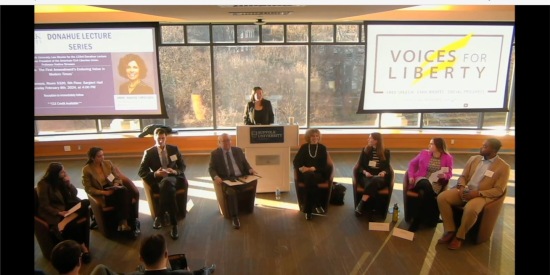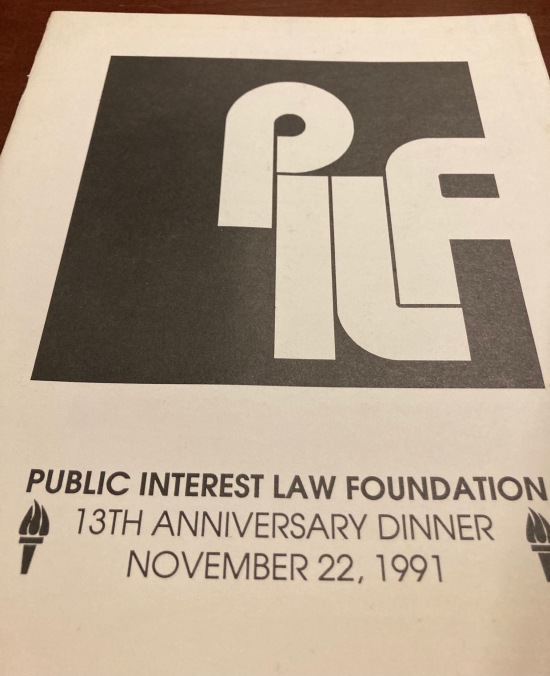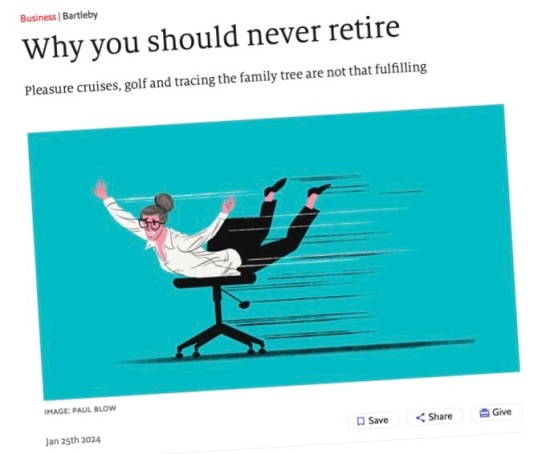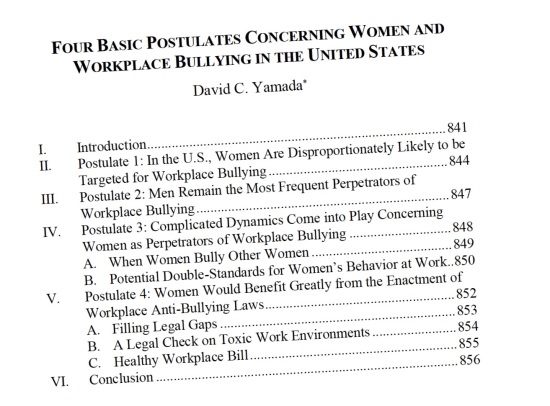One of my favorite parts of filmmaker and comedian Mel Brooks’s breezy, funny memoir, All About Me! My Remarkable Life in Show Business (2021), is a short chapter devoted to what he and his pals called the “Chinese Gourmet Society.”
For some nine years starting in the early 1950s (apparently — he gives no dates!), Brooks and a group of invited friends met for dinner every Tuesday night in New York’s Chinatown. While membership varied over the years, the group included:
- Irving “Speed” Vogel, one of Brooks’s long-time friends and a textile factory manager turned direct metal sculptor;
- Ngoot Lee, a friend of Vogel who worked for Bloomingdale’s as a calligrapher and furniture designer and knew of the best restaurants in Chinatown;
- Authors Georgie Mandel (The Wax Boom), Joseph Heller (Catch 22), and Mario Puzo (The Godfather) — all before they made it big; and,
- Julie Green, an “incredibly well read” diamond merchant.
Brooks doesn’t go into detail about what they talked about during those dinners, but he credits his friends and these dinners for providing “stability and inspiration” and getting him through some lean and difficult years. Indeed, as Brooks writes, the group had some dining rules that reflected their tight budgets and a commitment to this fellowship:
We had strict eating rules at the Chinese Gourmet Society. You were not allowed to eat two mouthfuls of fish, meat, or chicken without an intermediate mouthful of rice. Otherwise, you would be consuming only the expensive food. The check and tip, and the parking fees, if any, were equally divided among the members. It was compulsory, if you were in New York, not working nights, and in reasonable health, to be present at every Chinese Gourmet Society meeting.
We can only imagine what it must’ve been like to share a weekly dinner with this eclectic, talented crew, before many of them became prominent and very successful. How did their various conversations generate creative artistic and business ideas? How did they support each other when money was tight, success was far from assured, and assorted life challenges presented themselves? I’m quite sure that those dinners, in addition to providing an enjoyable social outlet, stoked both artistic genius and mutual support.
***
I have long been fascinated by, and sometimes envious of, these small, informal, intentional cohorts of interesting, smart, creative people who meet regularly over meals in a spirit of fellowship. I even have a small collection of books built around other examples of these groups, including, among others:
- Laura J. Snyder’s The Philosophical Breakfast Club (2011) shares how four men who first crossed paths at Cambridge University — Charles Babbage (mathematics and computing), John Herschel (astronomy and photography), William Whewell (multiple fields of science), and Richard Jones (economic science) — began meeting over Sunday morning breakfast during the 1800s to exchange ideas and plant the seeds of the modernization of science.
- Louis Menand’s The Metaphysical Club: A Story of Ideas in America (2001) focuses on the lives and ideas of four remarkable members of a conversational club that met throughout 1872: Oliver Wendell Holmes, Jr. (law), Charles Sanders Pierce (philosophy), William James (philosophy and psychology), and John Dewey (education and philosophy).
- Philip Zaleski & Carol Zeleski’s The Fellowship: The Literary Lives of the Inklings (2015) tells the story of how writers C.S. Lewis and J.R.R. Tolkien and other intellectuals formed a literary club, the Inklings, that met weekly in various pubs and other locations around Oxford University during the 1950s, “to drink, smoke, quip, cavil, read aloud their works in progress, and endure or enjoy with as much grace as they could muster the sometimes blistering critiques that followed.”
While these groups offer their own fascinating stories, one of the great appeals of Mel Brooks’s Chinese Gourmet Society is its comparatively motley membership, untethered to a prominent university. Their work and creative aspirations were more commercial in nature, while having the power to shape our popular culture. I’m also betting that the more disparate occupations of the Chinese Gourmet Society members made for greater varieties of conversations and sharing of information and ideas.
(I readily acknowledge that these groups I’ve talked about above are noticeably lacking in gender and racial diversity. It is very likely that many similar stories remain to be told, or have been told and I am simply unaware of them.)
***
The formation of these groups and larger tribes cannot be forced or contrived; any genuine sense of fellowship has to be somewhat organic in its formation, bringing together the right mix of personalities, intellects, dispositions, and interests. Food and drink help as well!
Although I have never been part of any ongoing group like the Chinese Gourmet Society, the Philosophical Breakfast Club, the Metaphysical Club, or the Inklings, I have experienced these fellowship experiences on a short-term, in-person basis, typically through the work I’m doing on workplace bullying and employment relations generally, human dignity, and therapeutic jurisprudence. Here are several pertinent blog posts:
- “Conferences as community builders” (2015) (link here) — About the biennial Work, Stress and Health conference co-sponsored by the American Psychological Association, National Institute for Occupational Safety and Health, and Society for Occupational Health Psychology;
- “Tribes for brewing ideas and engaging in positive change” (2015; rev. 2019) (link here) — A piece contemplating how to nurture tribes to engage in collaborative change;
- “Launched in Prague: The International Society for Therapeutic Jurisprudence” (2017) (link here) — How we launched an international learned society devoted to advancing therapeutic jurisprudence at the International Congress on Law and Mental Health, in Prague, Czech Republic.
- “A workshop as annual ritual” (2019) (link here) — A look at the annual December workshop of Human Dignity and Humiliation Studies, held in New York City.
- “A veteran cohort of the workplace anti-bullying movement gathers in Boston” (2023) (link here) — Practitioners and scholars addressing workplace bullying, many of whom are associated with the Workplace Bullying Institute, gathered for an interactive workshop in Boston last year.
***
I think it remains to be determined if Zoom and other communications platforms can be the central enablers for fostering such fellowship opportunities. My basic hypothesis is that Zoom, et al., can serve as a valuable connector between in-person gatherings, but that periodic face-to-face exchanges are a necessary component for sustaining successful cohorts of this nature.




